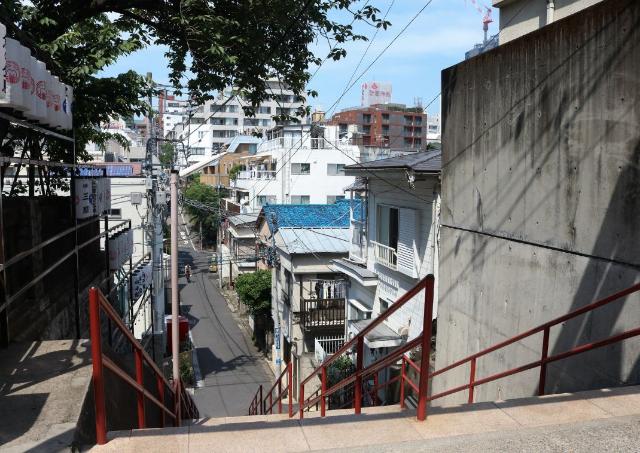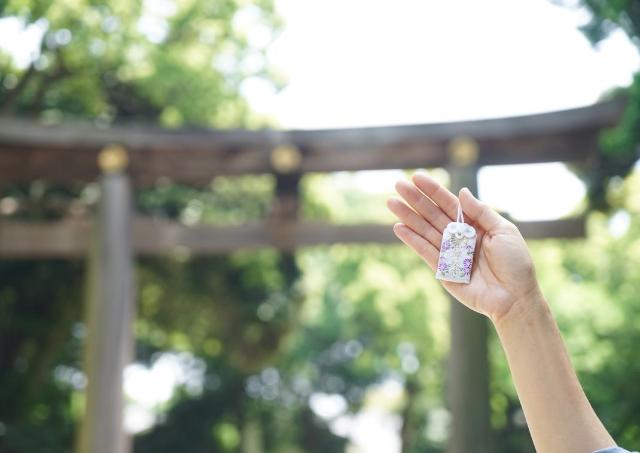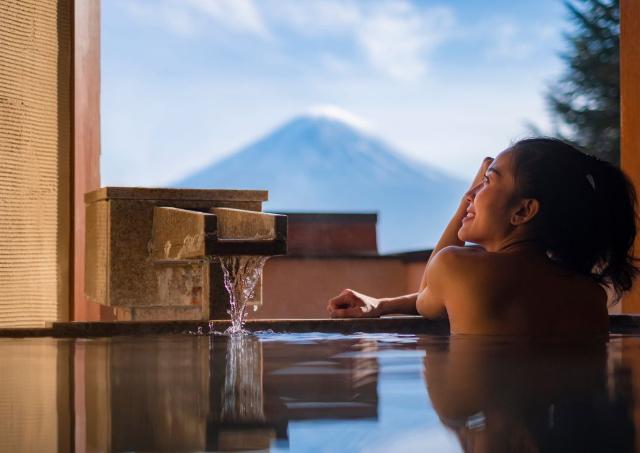Embracing Wabi Sabi: Discovering Beauty in Life's Imperfections
Key Takeaways
Key takeaways from this blog:
Wabi sabi is a Japanese aesthetic and life philosophy that finds beauty in imperfection, impermanence, and simplicity.
The terms wabi and sabi evolved from describing solitude and celebrating a simple life and the dignity of aging.
Zen Buddhism and the Japanese tea ceremony, especially the innovations of Sen-no-Rikyu, were central in shaping and spreading wabi sabi as a core element of Japanese culture.
By embracing wabi sabi, we can cultivate more gratitude, acceptance, and presence, seeing each moment as unique, fleeting, and therefore precious.
What Is the Meaning of Wabi Sabi?
If the wabi sabi philosophy is difficult to define, it is only because the Japanese concept of wabi sabi is ambiguous in nature. Two philosophers studying the roots of wabi sabi in 15th century Zen Buddhism and reverence for nature might come up with two very different definitions of the concept, and neither might be completely right or wrong.
To begin to understand wabi sabi, it is best to start by breaking down this compound term into its two components, wabi and sabi.
Wabi
Wabi (侘び) first represented a negative term, a sense of loneliness like a hermit living in self-exile might feel living alone in the wilderness. In the 15th century, however, followers of Zen Buddhism pivoted, making this solitude a positive choice to live life simply and in peace. This definition has stuck ever since, so wabi can now be seen as choosing rustic over new, simple over extravagant.
Sabi
Sabi (寂び) went through a similar transformation from negative to positive, first defining something that was past its prime, like a dying flower or worn-out t-shirt. But sabi came to celebrate the natural process of aging and the decay that was once seen as nearing the end of its life were viewed as evidence of an object's long and useful lifetime.
Put together, we get a better sense of the definition of wabi sabi: that well-used objects have greater value than brand-new objects because the evidence of their aging demonstrate that these objects have had a value over their lifetimes. Wabi sabi objects have been used often in everyday life, and like all things of a transient nature, show signs of wear that are to be treasured rather than scorned.
Photo: Todd Fong
What Is the Origin of the Wabi Sabi Teaching?
As previously mentioned, the roots of wabi sabi philosophy are in Zen Buddhism, but specifically in Zen Buddhism from 15th century Japan. It was during this time that Zen Buddhism was a fashionable philosophy for the Japanese samurai, a belief system that meshed will with the impermanence of life during this violent period in Japanese history when samurai armies battled for land and power.
Zen Buddhism teaches that all things are in a state of impermanence, affected by time and the elements eventually leading to death and decay. The samurai, perhaps seeing the brevity of their own lives in society, turned this rather morbid philosophy into a celebration of existence, that aging and imperfections are proof that something has existed and had some impact on the world it existed in.
Perhaps the greatest influence on the acceptance of wabi sabi style as a hallmark of Japanese aesthetics was its inclusion in the Japanese tea ceremony by tea master Sen-no-Rikyu. Rikyu gained influence over the world of Japanese tea as the master selected by two of Japan's most powerful warlords, Oda Nobunaga and Toyotomi Hideyoshi. Rikyu was a revolutionary when it came to tea ceremony, and in the relatively short time he had influence over it, changed its culture completely.
Photo: Todd Fong
The Relationship Between Wabi Sabi and Japanese Tea Ceremony
Before Rikyu, tea ceremony was very much an activity for only the rich and powerful, hosted in extravagant tea houses using ornate Chinese-made ceramics and tools that cost more than the average person would earn in their lifetime. Tea ceremony was a way for the warrior class to brag about their wealth and power, showing off gaudy, elaborate tea instruments in front of their equally wealthy guests.
As tea master over these samurai lords, Rikyu rejected the idea of tea ceremony being only for the ruling class. Instead, he introduced wabicha (侘茶) a style of tea that stripped away all the glitz and pretence to focus only on the act of serving and receiving tea.
The expensive Chinese porcelain was replaced by earthy, rustic Japanese pottery, often imperfectly formed. Instead of grand tea rooms, the tea ceremony took place in humble teahouses with entrances so small, guests could only enter with their swords removed and heads bowed, symbolizing the equal nature of all participants as simply men (women were not allowed to participate in tea ceremony until after the Edo era of the samurai ended).
It was through Rikyu that the appreciation of wabi sabi style became an important part of Japanese culture. If you participate in a tea event today, you'll recognize the wabi sabi nature of many of the elements used in them: asymmetrical raku tea bowls, weathered bamboo tea scoops, the natural beauty of teahouse gardens littered with fallen leaves or flower petals.
Photo: Todd Fong
You will also recognize the philosophy of wabi sabi in the tea ceremony principle of ichi-go ichi-e (一期一会), best described as the idea that every moment, every encounter is unique and unrepeatable in life and should be treasured. On one hand, Rikyu's stripped down version of tea ceremony changed the focus of the activity from appreciating material wealth to enjoying the company of fellow humans as equals in a society where there was little equality outside of the teahouse setting.
But over time, the focus has returned to the tea utensils, this time focusing on their wabi sabi beauty: unique, handmade appearances or weathered patina from years of usefulness. No matter which perspective you take on ichi-go ichi-e, however, you recognize that wabi sabi is the underlying philosophy.
Photo: Todd Fong
Applying Wabi Sabi to Our Modern Lives
As the concept of wabi sabi has become better known outside of Japan, it has affected the culture and aesthetics of Western culture as well, especially in interior design. The idea of using organic natural materials in buildings or bringing natural objects into one's home as a design element have been influenced by wabi sabi. Ironically, trends like "shabby chic" have been invented, with new items made to appear old like furniture and jeans being more valuable than items that appear new. This false wabi sabi style is just a fad, a passing fancy that will not actually bring any lasting joy to our lives.
In its purest form, however, the philosophy of wabi sabi can free us from a cycle of materialism, where we are constantly chasing after the new and luxurious. Finding happiness and meaning in objects that are authentically old and well-used and appreciating them for their entire lifespan, not only when they were fresh and new, is a great way to be mindful of the imperfect nature of life and the ebb and flow of the world around us.
Let's regard wabi sabi style as more than just a minimalist design trend. If we apply it as a philosophy, we can embrace the "imperfections" of life, the good and bad times, with optimism and hope. We can enjoy flawed relationships with loved ones as unique and irreplaceable and offer them more grace and forgiveness when we feel wronged. And we can see and accept our own flaws and strive to embrace the life we have been given more fully.
Wabi sabi may feel like a new way of thinking, a different kind of wisdom that requires practice in order to feel comfortable to us born in the western world. We may not initially enjoy the process of learning to live with, and treasure, imperfection, especially in a society where perfection is the highest standard.
But as we adapt ourselves to find beauty in things we once saw is broken, to slow down and enjoy the impermanent, like a blossoming flower or the pattern of ice on the window, we will eventually realize the importance of changing our mindset for our own well-being and the good of society as a whole.
Frequently Asked Questions
Is wabi sabi the same as minimalism?
Not exactly. Minimalism often focuses on reducing possessions and visual clutter to create clean, empty spaces. Wabi sabi may look minimal on the surface, but its focus is on authenticity and the quiet beauty of objects that show age, use, and imperfection. A wabi sabi space can be simple, but it is not sterile or perfectly controlled; it feels warm, lived-in, and human.
Can I practice wabi sabi even if I don’t live in Japan?
Yes. Wabi sabi is a way of seeing the world, not just a Japanese interior design style. You can practice it anywhere by appreciating natural materials, accepting the signs of aging in your belongings, and slowing down to notice small, fleeting moments in everyday life. The key is to value authenticity over perfection and to treat impermanence as something to be cherished rather than feared.
How is wabi sabi different from kintsugi?
Kintsugi is a specific technique of repairing broken ceramics with lacquer and powdered gold, highlighting rather than hiding the cracks. Wabi sabi is the broader philosophy that appreciates imperfection and the passage of time. Kintsugi is a practical and symbolic expression of wabi sabi, showing that something “broken” can become more meaningful and beautiful through its history.
Is tea ceremony related to wabi sabi in modern Japan?
Absolutely. The aesthetics and philosophy of wabi sabi are woven into Japanese tea ceremony: imperfect handmade bowls, rustic materials, subdued colours, and the focus on ichi-go ichi-e – the belief that every encounter is unique. If you want to experience wabi sabi in its most authentic, intimate form, a traditional tea ceremony is ideal. Our Kyoto Tea Ceremony and Kimono Experience invites you into a historic machiya townhouse, where a tea master guides you through gestures, tools, and meanings shaped by wabi sabi for centuries.
How can I start incorporating wabi sabi into my daily life?
Begin with small, concrete choices. Use and appreciate objects that already have a story: a chipped mug you love, a wooden table with scratches, a faded photograph on your wall. Spend more time in nature, observing how it changes with the seasons. When something or someone feels “imperfect,” pause and ask what makes them unique and irreplaceable. Over time, these small shifts help you move away from perfectionism and toward a gentler, more grateful way of living.
How can I experience wabi sabi during my travels in Japan?
Wabi sabi lives in Japan’s quiet corners – in wooden townhouses, stone paths worn smooth by centuries of footsteps, and seasonal landscapes that change day by day. You’ll feel it most deeply when you slow your pace, wander old streets, stay in traditional inns, or take part in cultural rituals like tea ceremony. Our 16-day Japan Heritage tour follows the old Gokaidō routes, bringing you into beautifully preserved towns and landscapes that perfectly echo the spirit of wabi sabi.
If you prefer a fully personalised journey, you can also tailor-make your own wabi sabi-inspired itinerary together with our Japan specialists. Share your interests – from historic post towns and ryokan stays to tea ceremonies and forest walks – and we will design a trip that reflects your unique way of experiencing Japan’s quiet beauty.
What is the best way to blend wabi sabi with a first-time Japan itinerary?
Choose at least one experience that slows you down and brings you close to Japan’s historic soul. Many travellers combine a fast-moving city stay with a wabi sabi element such as:
staying in a traditional ryokan
visiting preserved castle towns
walking historic roads in the countryside
joining a tea ceremony in a machiya
If this resonates with you, the Japan Heritage tour or the Samurai Adventure tour is an excellent all-in-one option, while the Kyoto Tea Ceremony and Kimono Experience or the Sagano and Arashiyama Walking Tour is a perfect half-day cultural highlight in any Kyoto itinerary.
Where can I learn more about Japanese traditions, aesthetics, and cultural practices before my trip?
If the philosophy of wabi sabi inspires you, you might enjoy exploring more of Japan’s cultural depth through our curated Cultural Insights articles. This collection dives into everything from ancient rituals and traditional craftsmanship to modern lifestyle trends and seasonal celebrations. Whether you want to understand onsen etiquette, discover meaningful souvenirs, explore Studio Ghibli locations, or learn about concepts like ikigai and shinrin-yoku, you’ll find rich stories that deepen your connection to Japan.




